New misguided interpretations of the greenhouse effect from William Kininmonth
Real Climate
OCTOBER 1, 2022
Another clue is William Kininmonth’s ‘rethink’ on the greenhouse effect for The Global Warming Policy Foundation. When looking at the effect of changes in greenhouse gases, one must look at how their forcing corresponds to the energy balance at the top of the atmosphere. 679-688, 2016. 679-688, 2016. References.


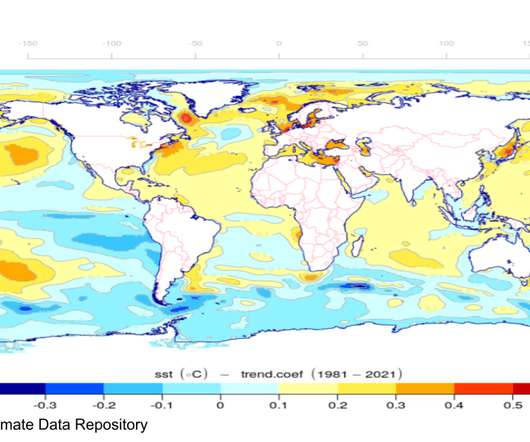
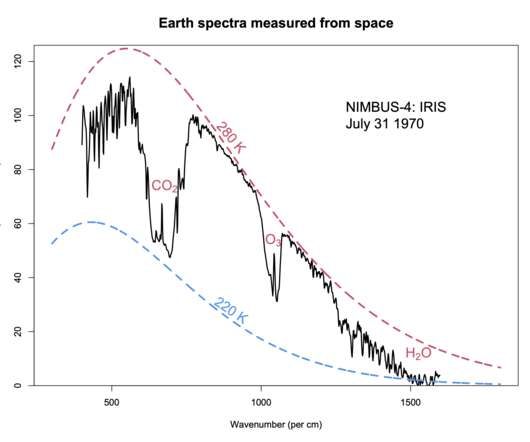
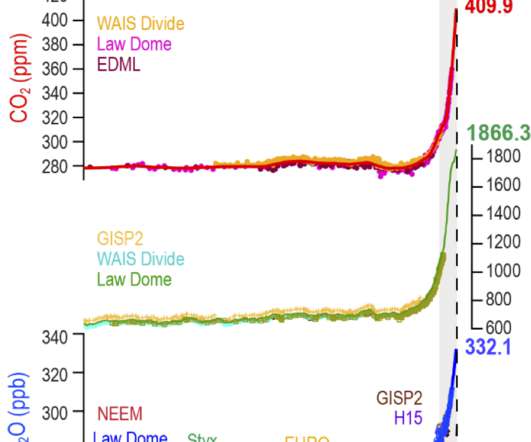
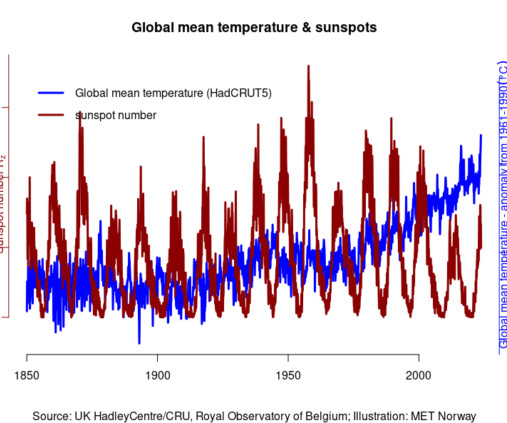
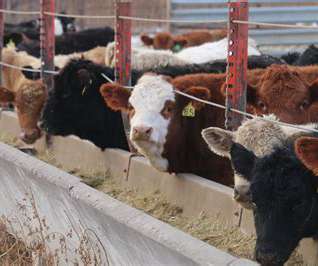
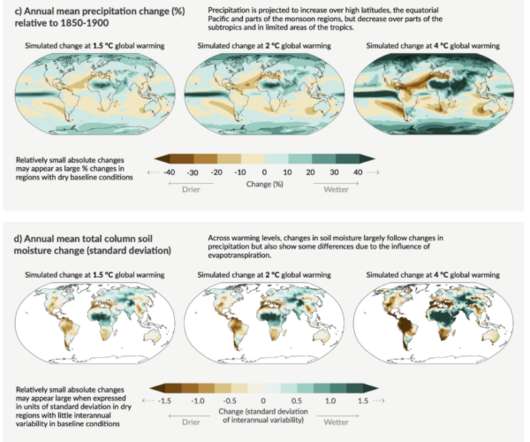
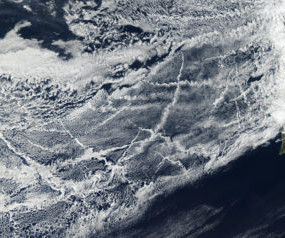






Let's personalize your content